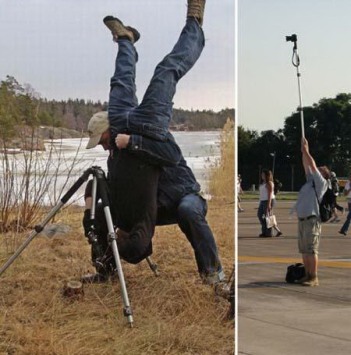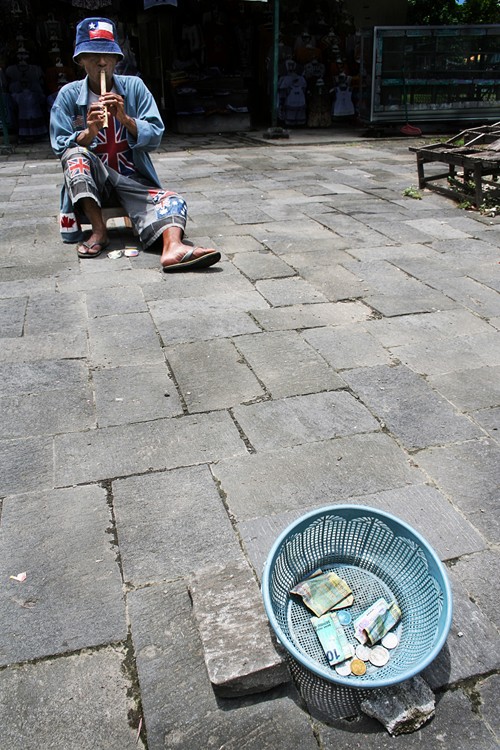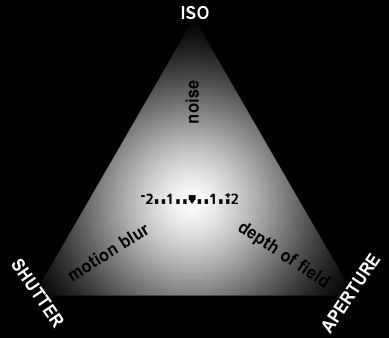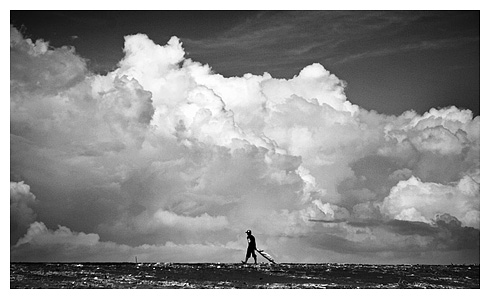
There’s something called the EDFAT method in photojournalism to help create a good photo essay. Through this method, the photographer will proceed to find the right photo frame that’s creative and can collect a complete data to be displayed in the photo essay. This method was introduced by the “Walter Cronkite School of Journalism and Telecommunication” in Arizona State University. This method has been successfully tested as a method for selecting the special aspects of a story in order to obtain a powerful image.
So what does EDFAT stand for?
Entire
Incorporating the complete environment into the photograph, including the people. This method has been considered by photojournalists to be a great way to introduce the subject and their environment to the viewers and readers.
Details
Move in close to the object for greater details. Interact with the subject. Pay close attention to the eyes, hair, and anything they are wearing. Take a strong visual as a distinguishing feature of the subject and set a good composition.
Frame
Through the viewfinder, set a nice composition by paying attention to the surrounding elements of the subject; may it be the background or the foreground.
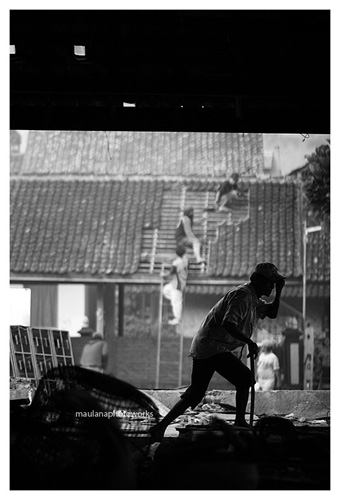
Angle
Adjust the angles you are shooting from. Shoot at different angles for different points of view. Trying photographing from above, below, close up, far off, from the left or right of the subject.
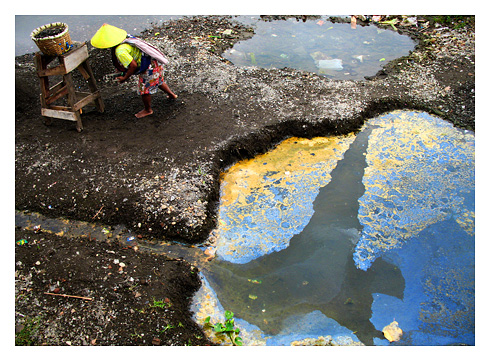
Time
Don’t hesitate. Take your photographs as soon as you feel it’s the right moment. You don’t want to miss out on those priceless moments that can never be rewound. Timing can make or break your photo essay. In photography, this is what is called the right moment in time.
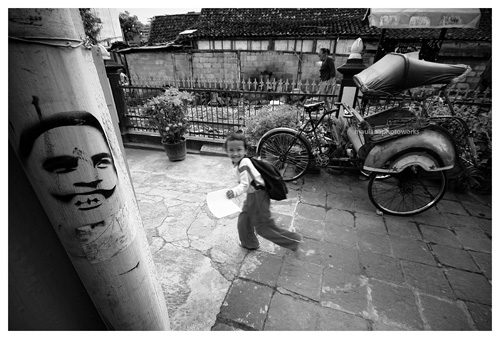
So there you have it, a detailed explanation of what the EDFAT really is. You can start applying this method that’s used by professionals to your daily shoots. Don’t just try this method out in a one-shot photo shoot. It’s best to try this method out in a photo shoot that you’ll organize in a series. And compose your photograph series as you see fit. The important thing is to have an opening photograph that will grab the viewer’s attention. And then you can try placing a strong-messaged photograph of the subject at the close of your composition. If available, consult your editor for the best possible photo essay composition.
To further equip you with more knowledge of how to well-execute your photojournalism journey, here are a few tips to get you started:
1. Construct a 5W strategy (what, when, where, who, and why). Complete it with thorough research and consistency. Make your photos not only great to look at, but also fill them with meaning and a story to tell its viewers.
2. “Why should I care?” You should back your photo series with a compelling reason of their relevance, because your goal is to convey a truth to the viewer via your photography. (i.e. journalism in photography)
3. Get to know and master your subject beforehand. You could do this get acquainted with your subjects, have a conversation about how they are and introduce yourself. Learn of any relevant etiquette you’ll have to familiarize with. Then, when it’s time to photograph, they’ll feel comfortable around you and won’t feel disturbed.
4. Find a fresh angle to shoot your photographs in. Avoid repetition and mediocre photos. Start looking for angles that can define you as a photographer.
5. Be careful of the surrounding elements. Your choice of lens and aperture will highly impact your resulting photograph. Do your homework and pack lenses that’ll suit the environment your shooting in. For example, don’t use a telephoto lens when you’re photographing in a cramped indoor space.
6. Pay close attention to any details that’s on the subject. These details may be an informative symbol or it may be a trademark of a particular region.
7. Be careful of the subject’s expression. Don’t choose moments or photographs that’ll make a viewer misinterpret a cry with a laugh.











